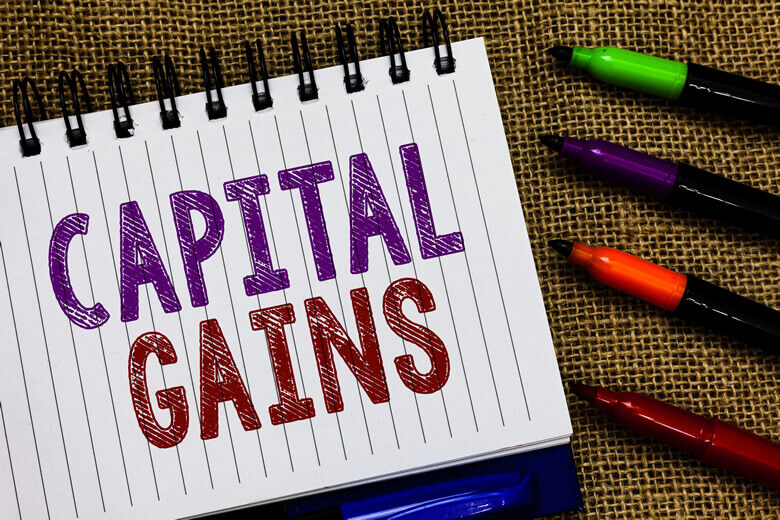
With the end of the tax year approaching swiftly, you may want to ensure you are making the most out of you and your partner’s CGT allowance.
For investments held outside an ISA or pension, the annual capital Gains tax-free allowance is very valuable. Investors can make investment gains of up to £12,300 in 2020/21 without paying any tax.
Gains over that amount are added to income and if they fall in the basic rate tax band are taxed at 10 per cent and if they fall in the higher rate tax band are taxed at 20 per cent. An additional 8 per cent is added to the tax rate if the gains are from a second property.
The annual capital gains tax-free allowance cannot be carried forward into future years so if you don’t use it, you lose it. If you have investments with gains outside of an ISA or pension you should consider whether to realise some of that gain before the end of the tax year to make the most of your tax-free allowance.
You can also transfer investments to your spouse or civil partner, in order to use their annual CGT allowance.
In 2019/20 receipts from capital gains tax in the United Kingdom amounted to approximately 10 billion pounds. The Spring Budget may announce changes to the CGT rate. Some commentators are expecting the return of a 28% rate.
Typical investments that you might have to pay capital gains on include:
- A second property or buy-to-let, shares and funds (not held in an ISA or pension)
- The sale of a business
- Valuables such as jewellery, antiques and art
You don’t have to pay CGT if you sell a car, or if you make a profit on selling your own home.
Personal possessions (sometimes called personal ‘chattels’) such as antiques and artwork, worth no more than £6,000 are also exempt from CGT unless they are part of a set whose value exceeds the limit.
Why not arrange a free consultation with one of our financial advisers to discuss this, other tax planning considerations or any other financial matter?
